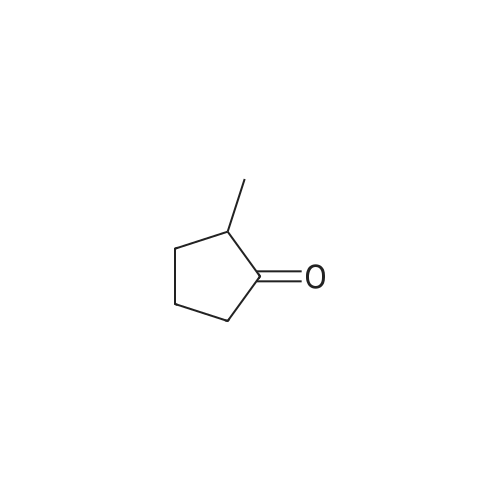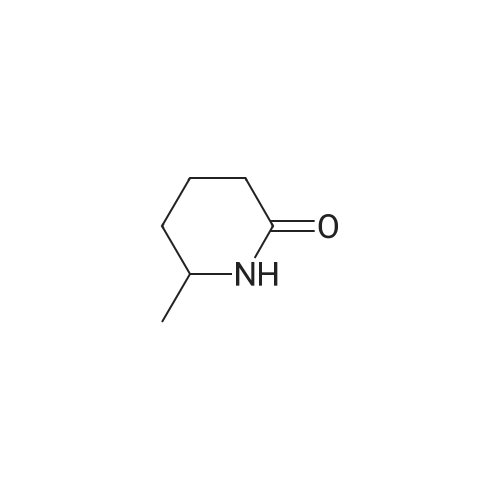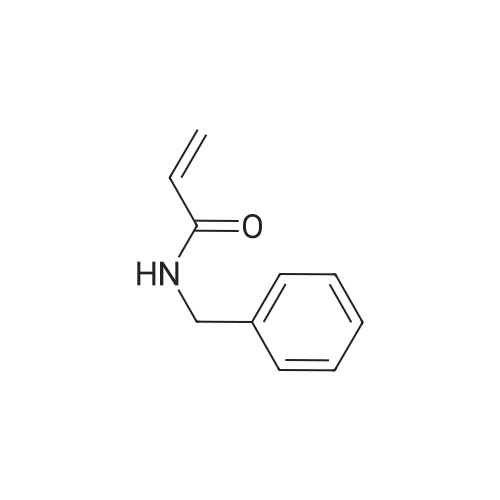|
platinum on carbon; In water; for 3h;Direct aqueous phase reforming; |
Direct aqueous phase reforming (APR) experiments were conducted in 100-ml stirred reactors with draft-tube gas-induction impeller (Parr Series 4590). Reaction tests for direct bio-based feedstock aqueous phase reforming (APR) entailed filling the reactor with 60-grams of solvent (deionized water, or a mixture of DI water and isopropanol (IPA), and 3-3.5 grams of bio-based feedstock comprising biomass (bagasse, or pine sawdust)). One (1) gram of acetic acid was optionally charged to facilitate biomass hydrolysis.[0098] Bagasse was milled via a 1-mm grate. Dry, debarked Loblolly pine was ground via blender (Thomas Scientific of Swedesboro, NJ) and sieved to less than 30 mesh. Dry solids fraction was determined by vacuum drying at 80 °C to 82 °C. One gram of aqueous phase reforming catalyst (reduced 5percent Pt/C catalyst at 50percent moisture, or powdered 1.9percent Pt/A1203) was charged to the reactor, which was charged with 4200 kPa of hydrogen or nitrogen. To minimize degradation of hydrolysate to heavy ends, each reactor was typically heated with a staged temperature sequence of one hour at, 160 °C, 190 °C, 225 °C, and finally 250 °C, before leaving overnight at the final setpoint.[0099] Comparison tests were also conducted with glucose or sorbitol fed directly to the reaction in place of biomass, to simulate and quantify conversion of model hydrolysate to APR intermediates. Glucose is one of the sugars readily leached from biomass in hot water, while sorbitol is readily formed via hydrogenation of glucose, where platinum or other catalysts capable of hydrogenation are present.[00100] A batch reaction time of 20 hours under these conditions corresponds to a weight hourly space velocity (g-feed/g-catalyst/h) of about 3, for a comparable continuous flow reactor. A 0.5-micron sintered metal filter attached to a dip tube allowed liquid samples to be taken throughout the course of reaction, without loss of biomass or catalyst. Samples were analyzed by an HPLC method based on combined size and ion exclusionchromatography, to determine unreacted sorbitol, and amount of C3 and smaller polyols formed: glycerol (Gly), ethylene glycol (EG), and 1,2-propylene glycol (PG). Additional GC analysis via a moderate polarity DB-5 column were conducted to assess formation of C6 and lighter oxygenates (e.g., ketones, aldehydes, alcohols), as well as alkane and alkene products. A separate GC equipped with thermal conductivity and flame ionization (FID) detectors for refinery gas analysis, were used for detection of H2, C02, and light alkanes C1-C5. GC-mass spec was used to characterize select APR reaction product mixtures. Examples 1-3[00101] Batch APR reactions with sugar cane bagasse as biomass feed, and with a comparison of 25percent sorbitol as feed, were performed as described above. 1.7percent acetic acid was added to simulate catalysis of hydrolysis by recycle acid. Products formed from this concentration of acetic acid were subtracted from total product formation, to calculate the net production of liquid fuels from bagasse. This result shown in Table 1 shows the critical importance of concerted APR reaction with hydrolysis of biomass. In the absence of concerted aqueous phase reforming, the hydrolysate undergoes irreversible degradation (presumably to heavy ends), and cannot be reverted to liquid fuels upon subsequent APR and condensation. Converted reaction may be effected by direct inclusion of APR catalyst in the hydrolysis reactor, or via a pump around loop to recirculate liquid between a biomass contactor, and an APR catalytic reactor. Table 1: Direct APR of Biomass |

 Chemistry
Chemistry
 Pharmaceutical Intermediates
Pharmaceutical Intermediates
 Inhibitors/Agonists
Inhibitors/Agonists
 Material Science
Material Science













 HazMat Fee +
HazMat Fee +

 For Research Only
For Research Only
 120K+ Compounds
120K+ Compounds
 Competitive Price
Competitive Price
 1-2 Day Shipping
1-2 Day Shipping




















